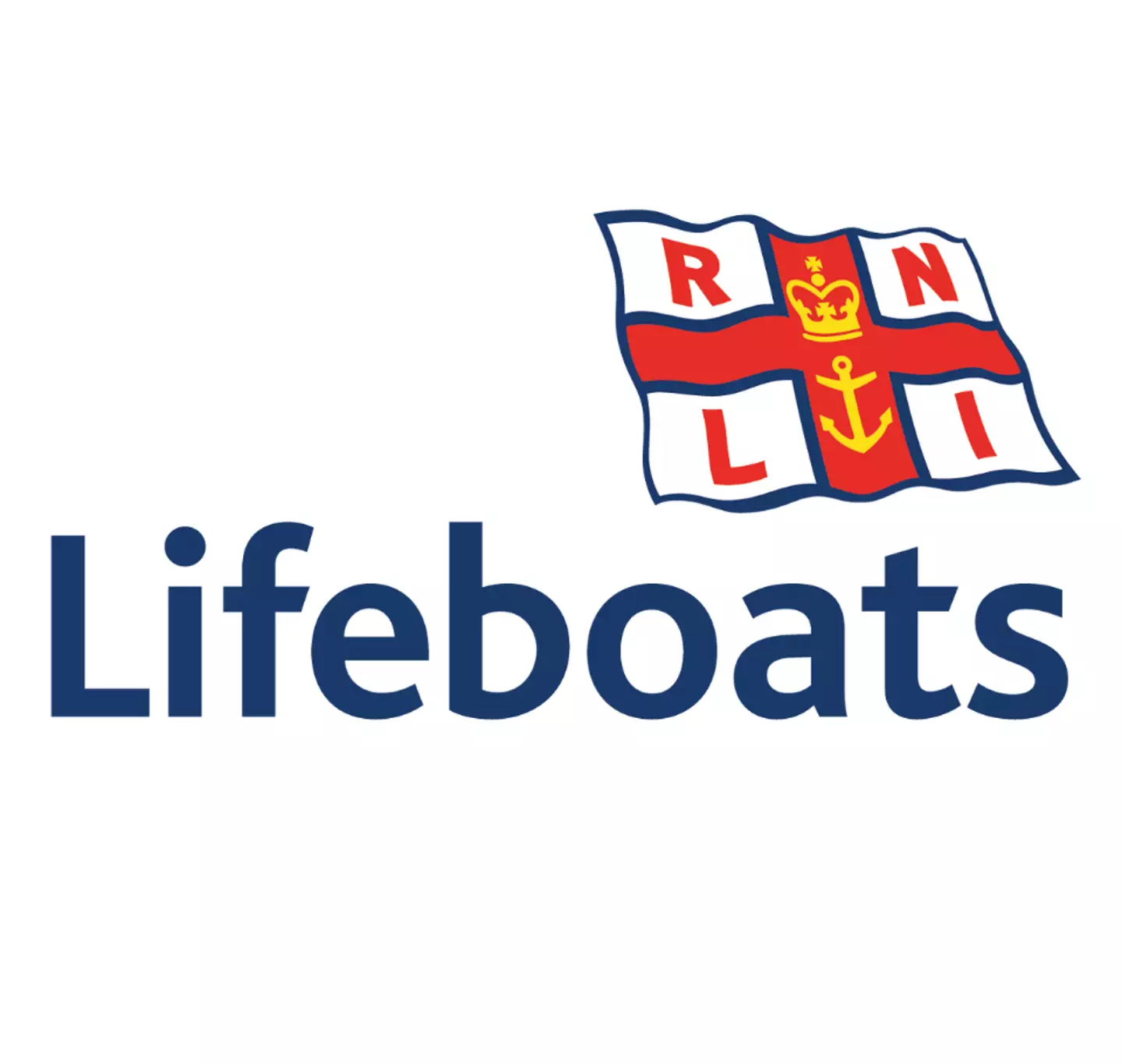.png)
Words by George Nash.
There are a number of questions I seem to get asked on an alarmingly regular basis.
“What time do you call this?” “Are you seriously going to wear that shirt?” “Why can’t you grow facial hair?”
One question I don’t hear all that often, however, is: “What type of floater are you?”
But it might just be the most important of the lot because the answer could, quite literally, save my life.
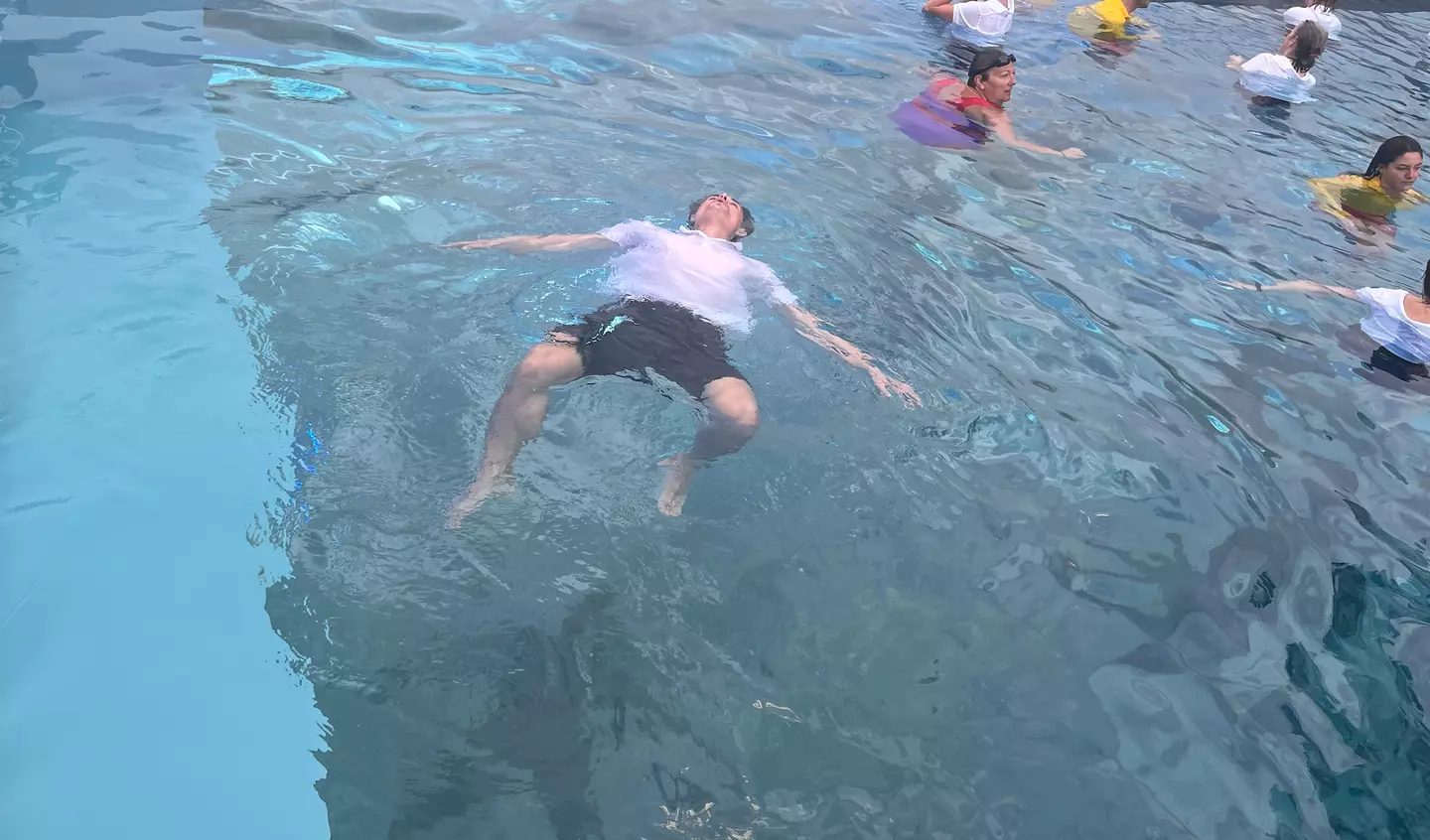
In a bid to find the answer, I ventured 115-feet in the air on a drizzly, overcast morning to take a dip in London’s iconic Sky Pool as part of the Royal National Lifeboat Institution (RNLI) and Helly Hansen's ‘Float to Live’ campaign.
Launched in partnership with sports retailer Helly Hansen, the campaign aims to educate people on vital survival techniques that should be implemented if you find yourself in trouble in the water.
Figures from the Water Incident Database show that, in 2022 alone, 226 people in the UK died from accidental drownings across inland and coastal areas. Of those who lost their lives, 40% had no intention of even entering the water.
With beach leisure time having increased by nearly a third in the UK over the past three years, and with 83% of the UK adult population (aged 16-64) expected to visit the coast this summer, knowing how to float correctly has perhaps never been more important.
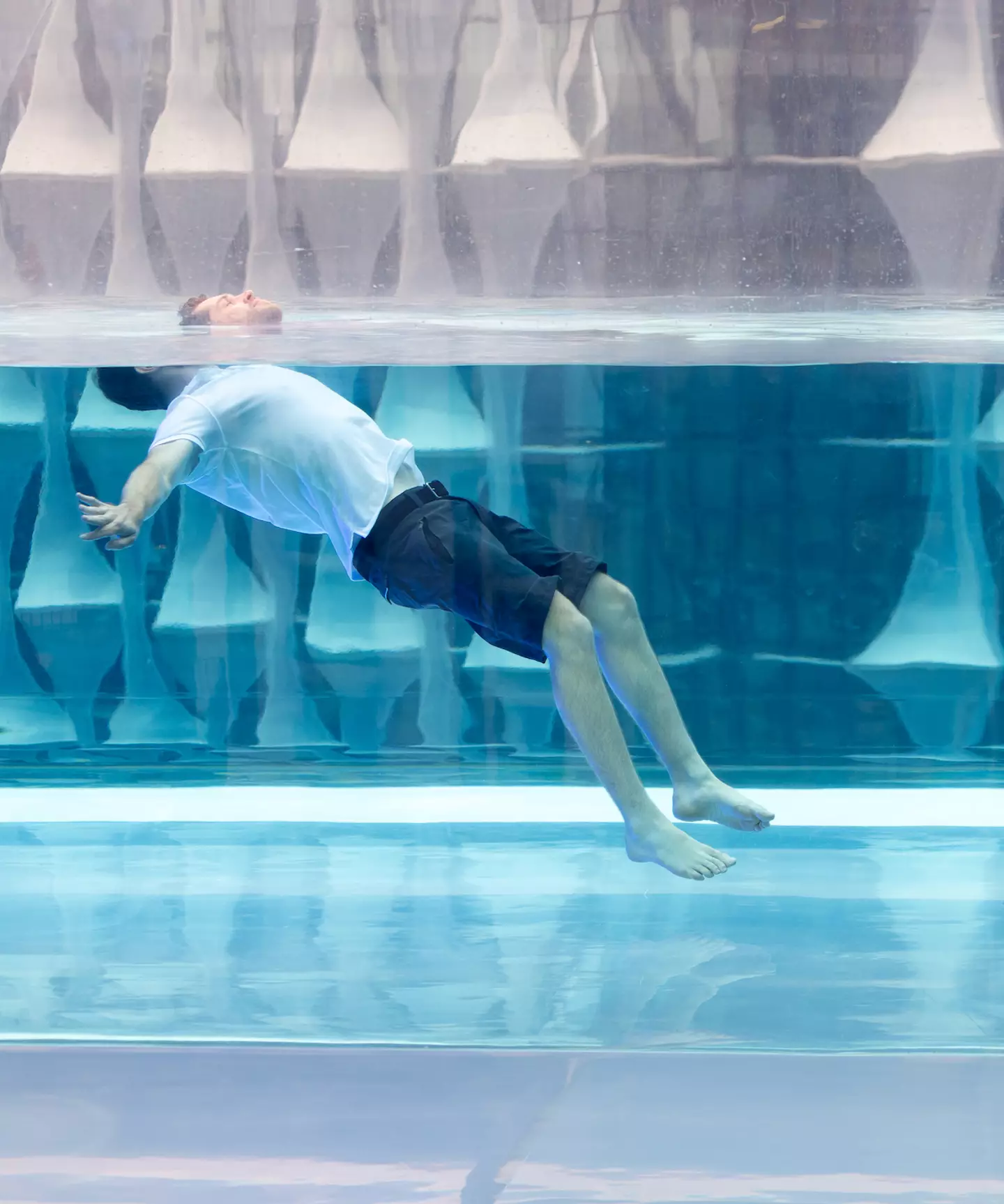
The warm, soothing temperature of the 25-metre Sky Pool felt like a far cry from the icy waters of Britain’s coastline (average UK and Ireland sea temperatures are 12°C; the risk of cold water shock is significantly increased in temperatures of 15°C and under).
But the grey skies and chilly breeze that greeted us out on deck quickly offset any feeling that we were anywhere but the UK on a damp Tuesday in May.
The US Embassy might have been in clear view, but Miami Beach this most certainly was not.
Taking to the pool dressed in a white Helly Hansen polo and navy shorts, those long-suppressed primary school memories of treading water in my Bart Simpson pyjamas suddenly came flooding back.
But treading water, as the lifeguards leading the demonstration were quick to stress, is ill-advised if you fall into water unexpectedly.
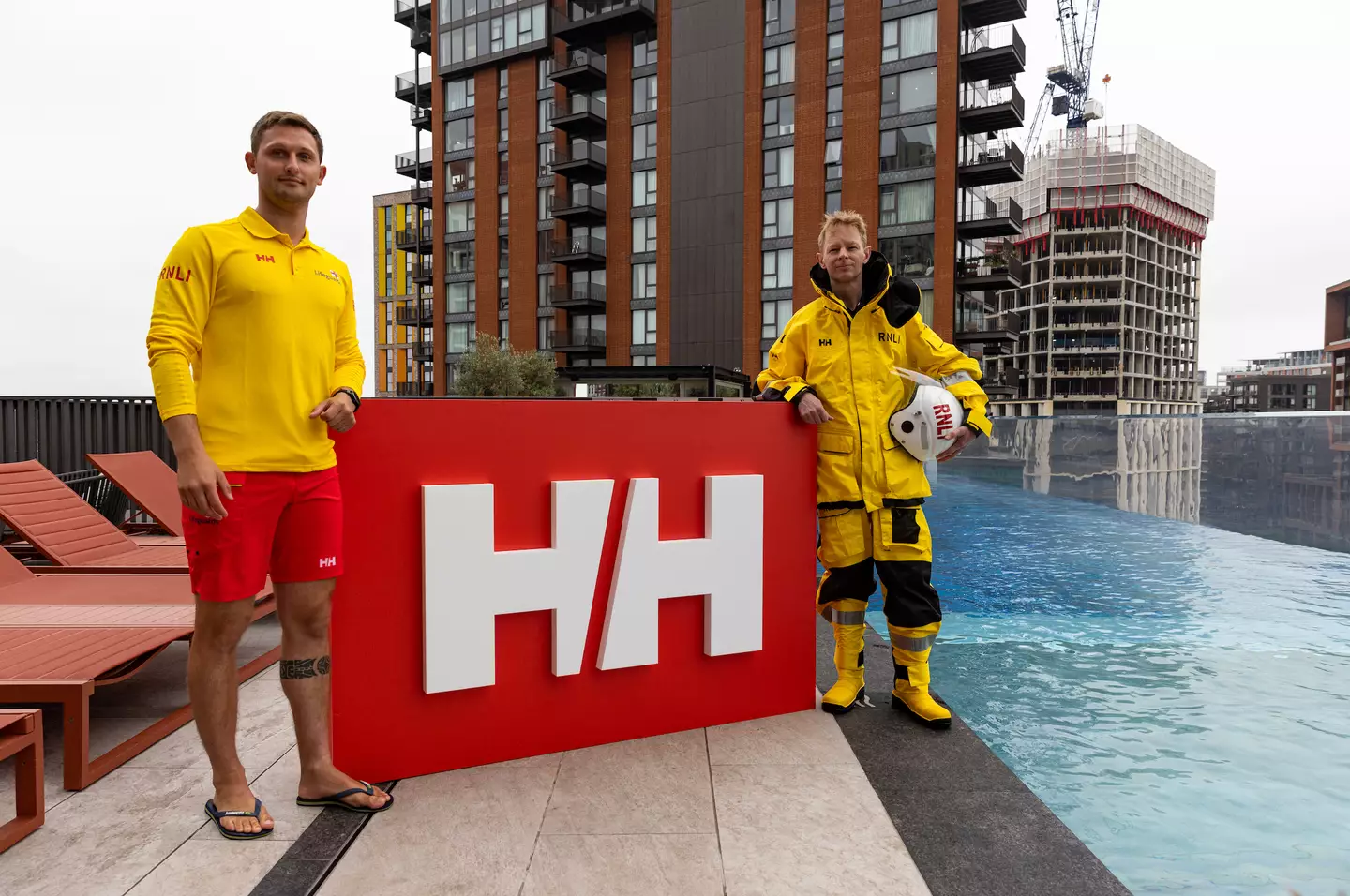
Instead, to help preserve energy, you should lie back, tilt your head with your ears submerged and try to control your breathing.
We were told to use our hands to help stay afloat and then, once the initial shock has passed, call for help or, if able to, swim to safety.
I discovered pretty early on that I was perhaps the least graceful floater of everyone there. My pale, stumpy legs – useful for walking up hills; terrible for finding suit trousers that fit – almost immediately began to descend towards the bottom of the pool, making my so-called ‘floating’ look more like painful, laboured sinking.
But I was reassured by a key message of RNLI’s campaign, which emphasises that everyone floats differently – and that is absolutely fine.
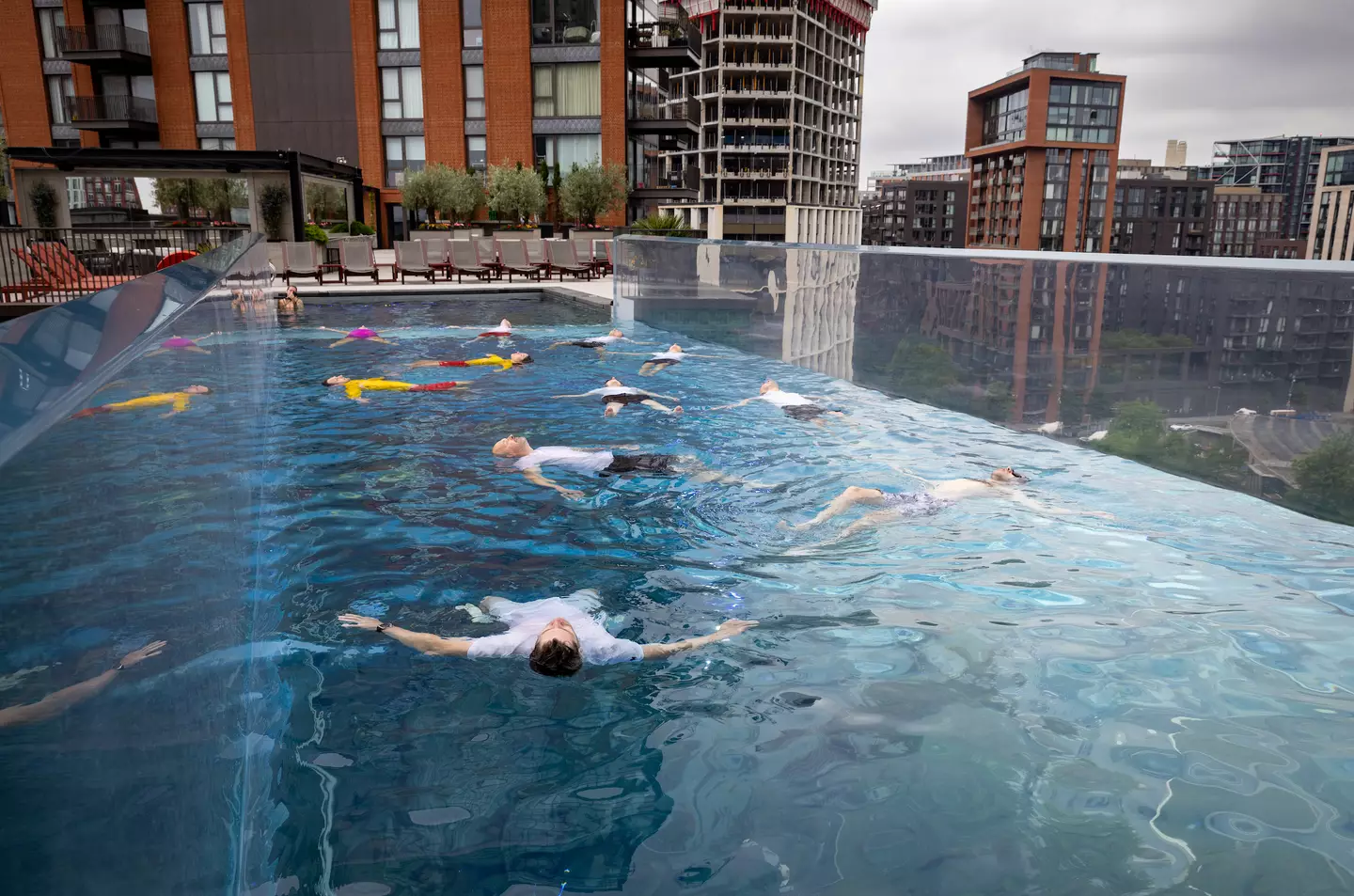
Joining us in the pool was Michael Whiteley, a far more effortless floater and a real-life testament to the importance of knowing how to float.
In January this year, the 65-year-old was forced to put the Float to Live principles into practice when he got caught in strong currents in the sea near Scarborough.
“My friend and I only planned to go in the sea for about 10 minutes, and after treading water for about five minutes we found ourselves out of our depth and struggling to get back to shore,” said Whiteley.
“My friend, who is a lot younger and fitter than me, managed to get back to shore. I tried to swim too but the current was just too strong. I felt powerless and at the mercy of the sea.”
Whiteley, founder and owner of a management consultancy business, credits his survival on the knowledge he acquired during a RNLI-run cold water swimming safety session in 2023.
“I knew how important it was not to exhaust myself and to float on my back until help arrived,” said Whiteley. “This gave me vital time to calm down and preserve energy.”
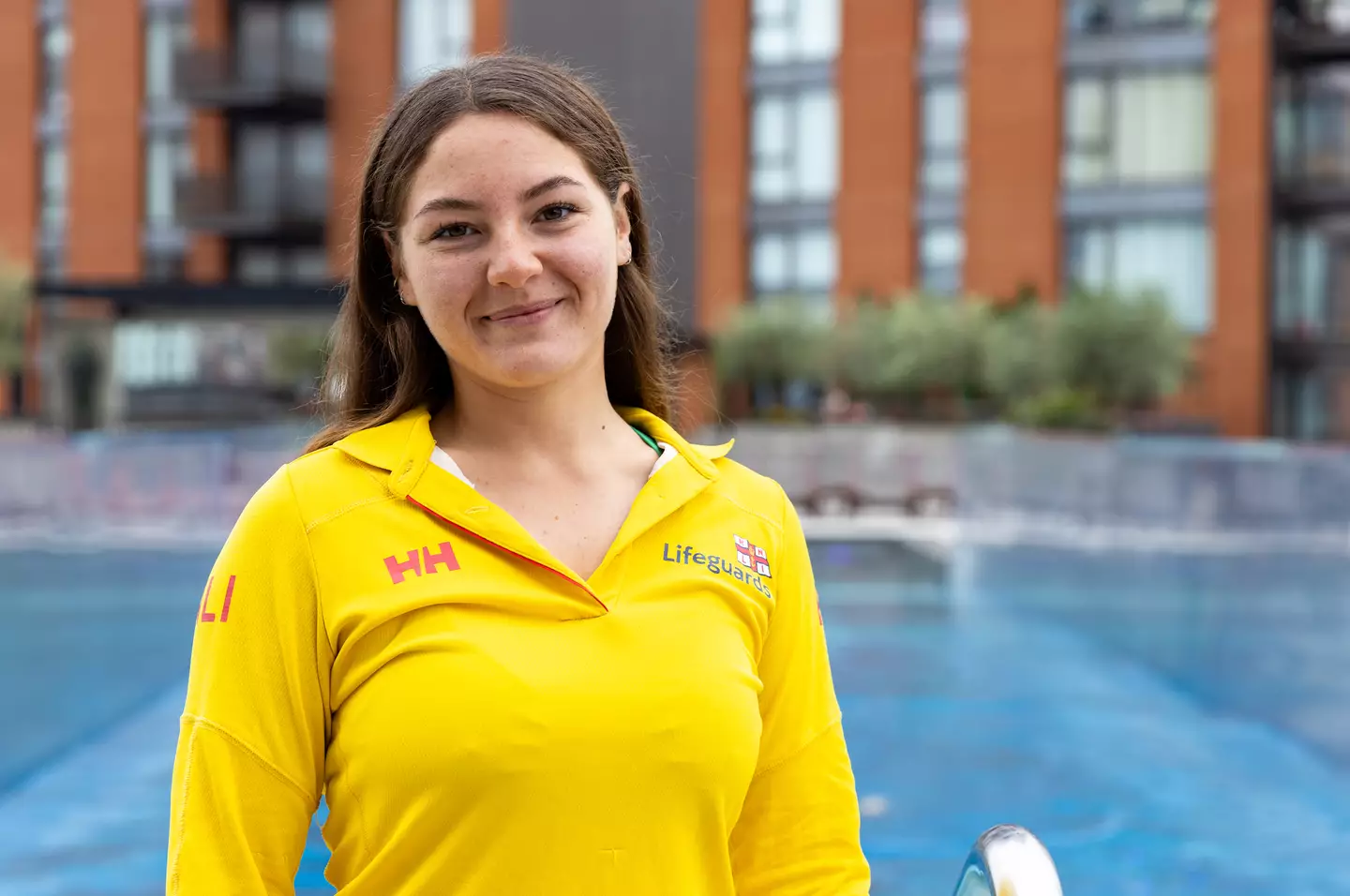
Whiteley was able to float calmly for the best part of 30 minutes when a lifeboat reached him to bring him to safety.
Hearing about Michael’s experience really hammered home the point that you can have all the Kellogg’s swimming badges in the world but, ultimately, it’s knowing and practicing the Float to Live techniques that really count.
“Michael’s story really highlights how important it is to know what to do if you get into trouble in the water,” added RNLI Water Safety Education Manager Gabbi Batchelor.
“Staying calm and floating on your back whilst you wait for help could save your life.”
The RNLI and Helly Hansen have been strategic partners for more than five years and work together to reduce drowning and provide educational advice.
For more information on RNLI's Float To Live campaign, in partnership with Helly Hansen, visit RNLI.org.
Featured Image Credit: LADbible